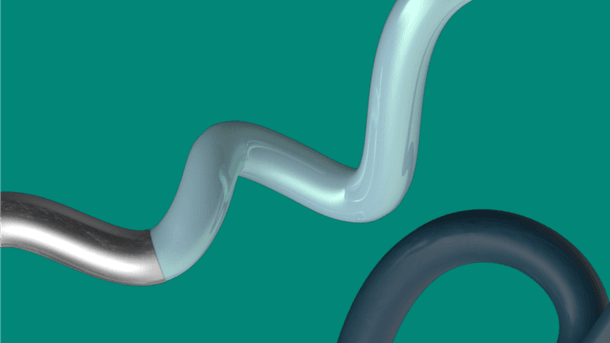We’d rather write an article titled How To Make A Website In A Day And Save Money. We won’t sugarcoat it, though: building a promotional website can be a lengthy and expensive undertaking. Between design, technology, and sales, the cost and risk of missteps can be high. Getting the website just right can take a while, and that time can really add up if you’re not prepared. To help you accept this harsh reality, we’ll try our best to break down why creating a good website takes so long and why putting in that extra effort will pay off in the long run.
So, what affects the website production speed?
1. Project Scale
Some websites take longer to complete than others: it’s all in the size, intricacy, and features of the project. A simple website with basic functionality may be done fairly quickly, but when you start adding e-commerce, customer accounts, and specialized integrations, things start to get… complicated. That’s why it’s important to factor in the scope of the project when planning timelines and budgets.
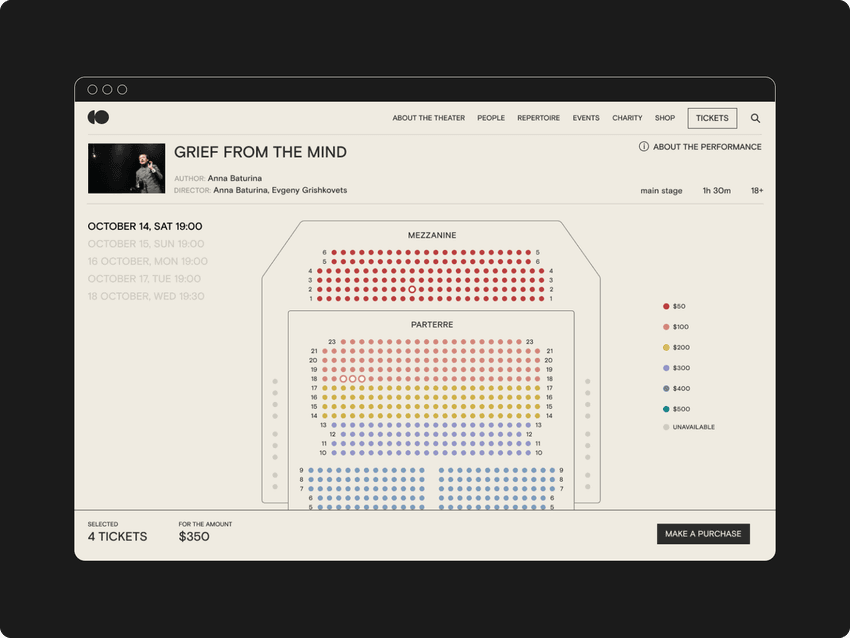
2. Architecture and prototyping
Website architecture is a key ingredient to the success of your website. It’s essential to take the time to define your project goals, create wireframes, and design an intuitive user interface (UI) and user experience (UX) that resonates with your target audience. You don’t want your site visitors to have a hard time navigating and interacting with your content, do you?

3. Design and Animation
Design is the face of your promotional website, the first thing that draws users and makes them stay. To make it compelling, multiple design concepts need to be worked out, keeping in mind the mobile and desktop screens. Choosing the perfect design, however, is not enough — it needs to be animated. Although complex design and animation might require additional development resources, the end result will boost your brand and retain users’ attention.
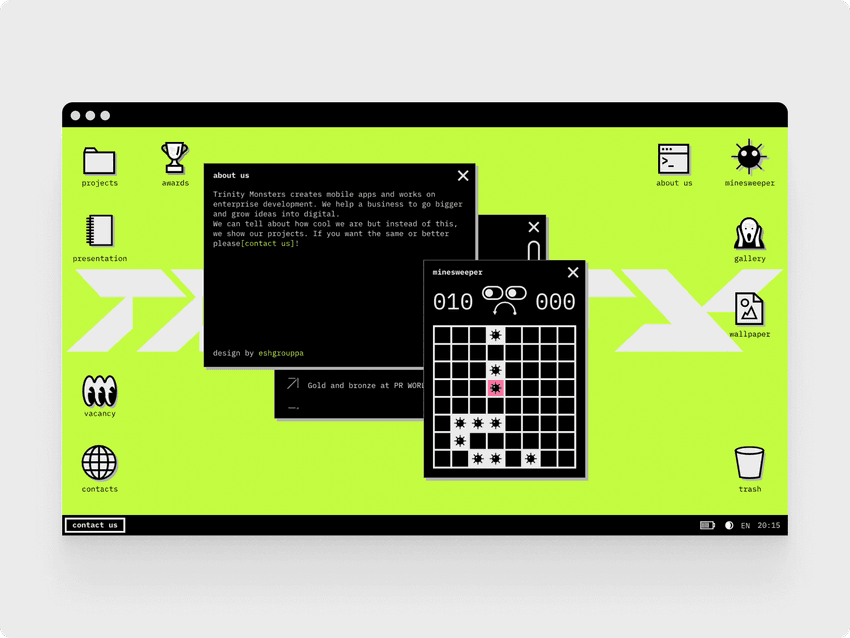
4. Content
Creating engaging text, eye-catching images, and compelling videos can be challenging and time-consuming. But quality content is worth the effort: it can drive traffic, increase engagement, and boost conversion rates. So, don’t cut corners. Make sure your content is top-notch by allowing enough time for research, writing, editing, and formatting.
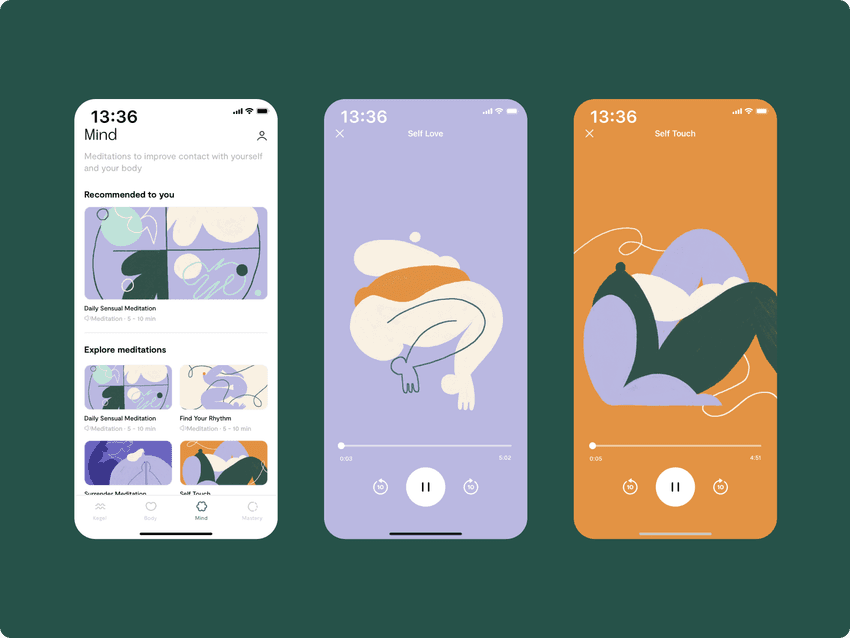
5. Adaptive Design
Did you know that over half of website traffic comes from mobile devices? That’s right, 58.43% as of March 2023 to be exact. This means that every layout should run flawlessly on any device, especially on those smaller screens. To accomplish this, each page needs to be designed in at least three adaptive states for mobile, wide displays, and narrow displays. Yes, it may impact the timeline, but it’s worth it to make sure your website is mobile-friendly and suits users on any data plan.
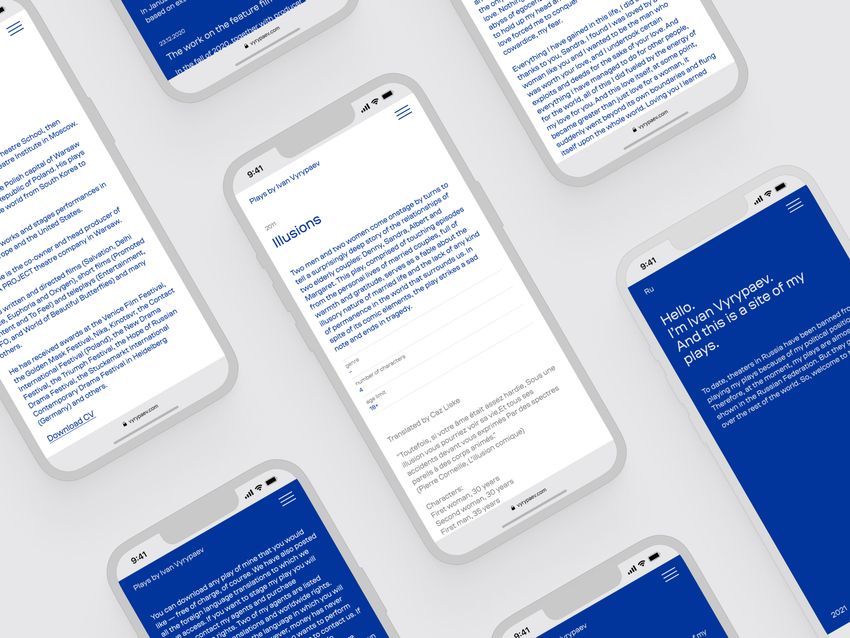
6. Development and Coding
A website can look beautiful on the surface, but the real magic happens in the background where it is coded and programmed to work flawlessly. This can take some time based on the complexity of the website and the competency of the development team. Evaluation and debugging also form an essential part of the process that can extend the project’s timeline.
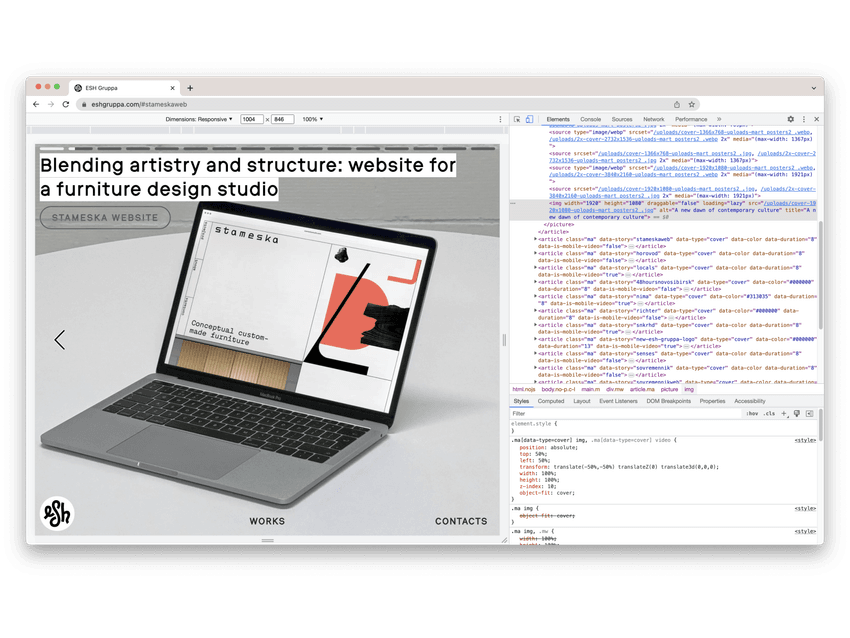
7. Revisions and Feedback
Website projects go through several rounds of feedback and revisions before the final product is delivered. From tweaking the design to adding features and updating content, every comment counts towards the final product. It may extend the project’s timeline, but the outcome is worth it, as it allows clients and stakeholders to have their say, ensuring the website is designed and developed with their needs in mind.

8. Coordination and Communication
Collaborating with multiple team members, like designers, developers, content creators, and decision makers, demands a great deal of energy and patience. Communication delays, feedback cycles, and coordination problems can affect the website production timeline. But with the right mindset and tools, you can make the process seamless and efficient.
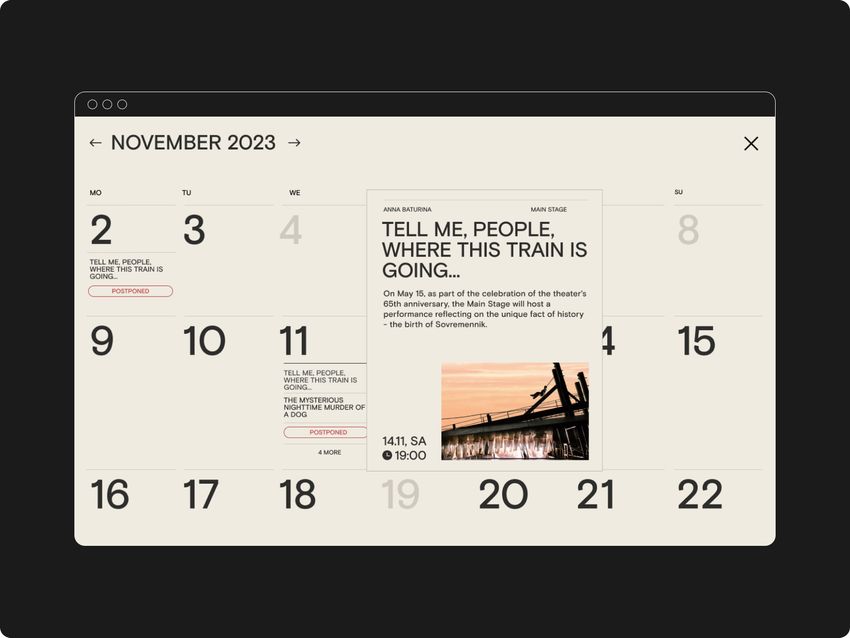
9. Quality Assurance
Have you ever landed on a website that was unresponsive, had glitches, or just didn’t seem right? It’s frustrating, isn’t it? That’s why we believe thorough evaluation and quality assurance (QA) are critical for error-free websites that simply work. If you’re serious about web performance, you should check for things like browser compatibility, mobile responsiveness, security flaws, and other crucial components. Making sure your website runs without a hitch takes time, but it’s time well spent, in our opinion.
10. Deployment and Launch
Launching a website can be both daunting and exciting. Deployment requires some serious know-how when it comes to configuring servers, setting up domain names, and moving everything to the production environment. But, the hard work pays off in the end! A successful launch can make or break your website, so be sure to give it the attention it deserves to avoid any last-minute hiccups.
As you can see, making a website is not just about designing and creating a layout. There are so many other factors that go into it, like browser compatibility, user experience, and making sure your site is mobile-friendly. Don’t worry, though, it may seem overwhelming but it’s totally doable! Our best advice would be to carefully follow each stage of the design process. As practice shows, it is the most realistic way to get an effective result faster. But remember, good things come to those who wait — so don’t forget to add a buffer to that project timeline!
Are you looking for help with your website development? Let’s chat! Contact us here!


